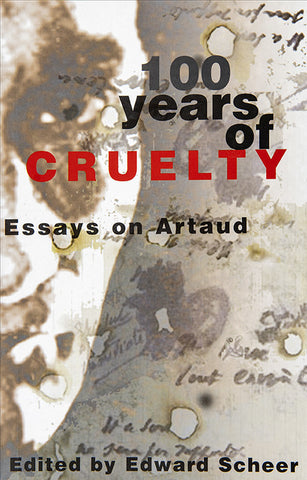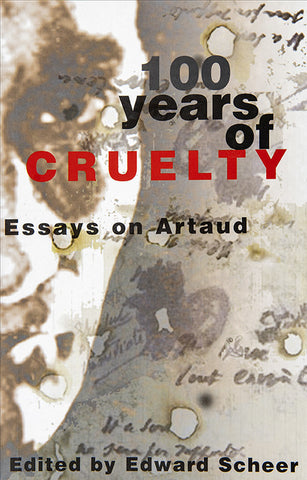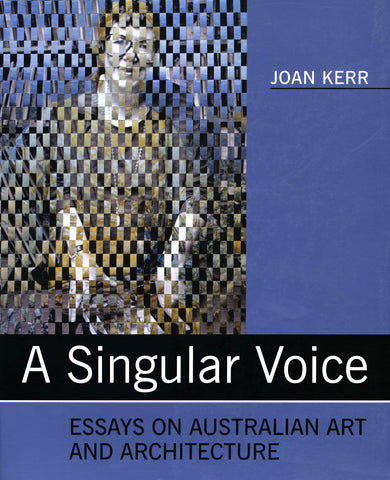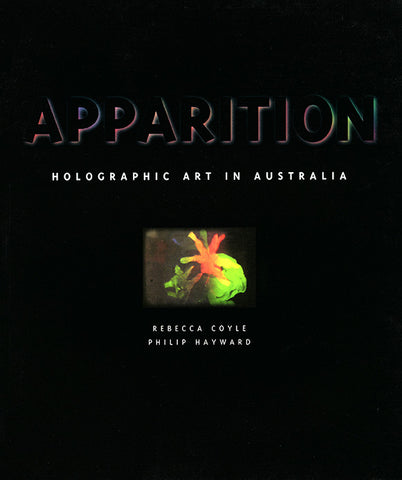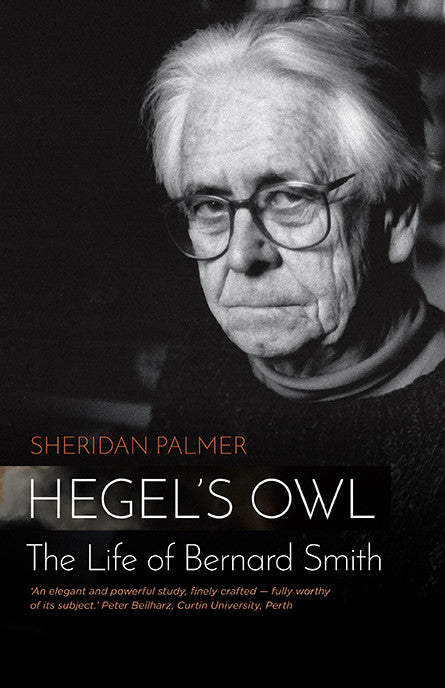
Hegel's Owl
$39.99
By Sheridan Palmer
This is a full and frank account of a man who saw himself as, in his own words, “a bastard among them, taking notes.”
– Terry Smith, Andrew W Mellon Professor of Contemporary Art History and Theory, University of Pittsburgh
Bernard Smith began life as a ward of the State; he would go on to become the father of Australian art history. In 2008 Smith invited writer and art historian Dr Sheridan Palmer to write his biography. Bringing together years of interviews and insights through exclusive access to Smith’s papers and library, Palmer deftly reveals the unique character of an exceptional man.
For those interested in Smith and his writings, and the development of art history in Australia, Hegel’s Owl offers a rich exploration of the life of Australia’s foremost art historian and founding director of the Power Institute
About the Author
Sheridan Palmer is a Melbourne curator and art historian. She studied at the Victorian College of the Arts and has worked at the National Gallery of Australia and the Ballarat Fine Art Gallery. She has published extensively and curated exhibitions including The Goddess Grins: Albert Tucker and the female image (Heide Museum of Modern Art, 2007) and The Lake Hindmarsh Project (Jeparit and Melbourne, 2010). Sheridan holds Honorary positions at the University of Melbourne and La Trobe University and her first book, Centre of the Periphery: Three European Art Historians in Melbourne (2008), is a major study of the establishment of art history in Australia. Her biography of the eminent Australian art historian Bernard Smith continues the story of Australia’s modern cultural development, as well as offering a profound insight into the personal and public life of a major intellectual.
Hegel’s Owl is not only a biography of Smith, it is also a fascinating account of intellectual life in Australia that spans most of the twentieth century and the first decade of the twenty first.
—Grace Blakeley-Carroll, reviewed in emaj
No one before Smith had brought such a breadth of learning to the study of art in Australia. Posted as a young man to a small one-teacher primary school in the now-vanished township of Murraguldrie some eighty miles from Wagga Wagga, Smith devoted his evenings to reading, with the passion of an auto-didact, the great writers who might prompt him to think about the role of art in the society of his time: Spengler, Marx, Engels, Mill, Darwin, Hegel, Burckhardt, Freud, Huxley, Auden, the English Romantic poets. Palmer skilfully traces the effects of this early reading on Smith's intellectual development.
—Ian Donaldson, reviewed in Australian Book Review
In many ways Hegel's Owl is closer to an intellectual biography than a fully realised portrait. Still it's hard not to wonder if Palmer hasn't overstated the extent of Hegel's place in Smith's intellectual firmament. But – perhaps she's right. [Smith] was the greatest of Australian Marxists, and early Marx, the most artistically nuanced Marx, had one foot in Hegel.
—Andrew Fuhrmann, reviewed in the Sydney Morning Herald
[Hegel's Owl] is a vividly evoked intellectual history of a pioneering Australian multidisciplinary scholar and advocate for a local fine arts and literary culture. Moreover, the book is a superbly produced cultural artefact. It is generously illustrated with a section of colour plates and with black-and-white images interspersed throughout the text. For anyone interested in a history of ideas this biography is wonderfully appealing.
—Phillip Hall, reviewed in Plumwood Mountain
Palmer’s achievement is all the more remarkable for having been written against the spectre of Smith’s two autobiographies. Smith’s early life as a state ward, living in a foster home, is a guiding thesis for Palmer as she traces Smith’s enduring sympathies with the plight of the outsider ... Palmer deftly shifts between decades, between Smith’s many writings and ongoing research projects, and between details of his personal life, without losing the continuity of his corpus.
—Darren Jorgensen, reviewed in Australian and New Zealand Journal of Art
ISBN 978-0994306425
424 pages
Paperback, 234 x 153 mm
60 photos including 16-page colour insert

